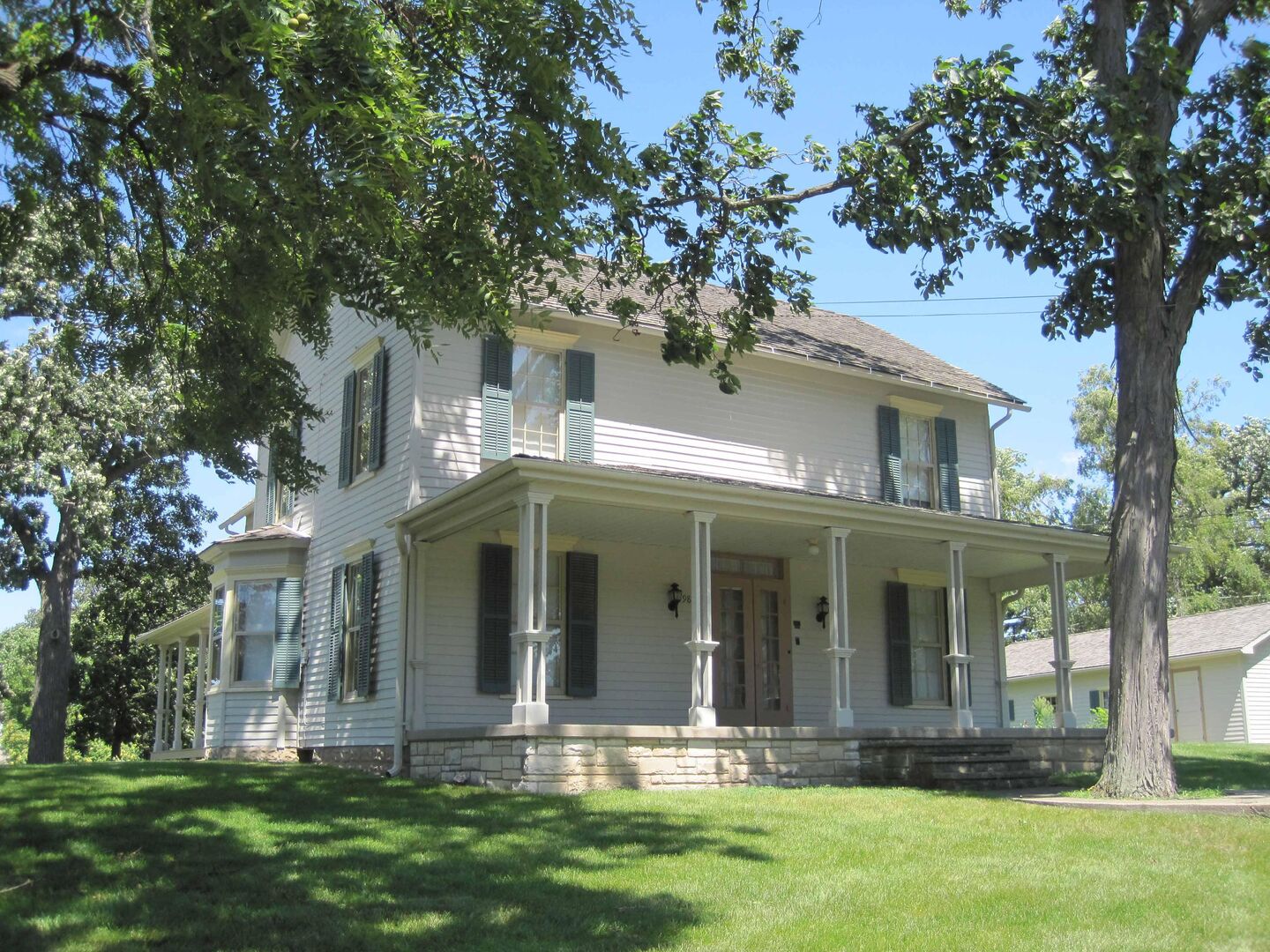Basement Foundation Cracks — a Problem in Orland Park IL 60462, 60467

The village of Orland Park is home to 57,000 residents and covers more than 19 square miles in Chicago’s southwest suburbs. Although incorporated way back in 1894, Orland Park was slow to grow and had fewer than 1,000 residents as recently as the 1950 census.
Although today’s Orland Park is a booming residential and commercial center, it still retains the flavor of its roots as a small Midwestern town, most notably in the section of the village’s center known as “Old Orland.”
The village has given a local historical designation to some 16 buildings in the area located around 143rd and 144th Streets and Union and Beacon Avenues. These include the village’s oldest home, built in 1880, the Orland Park School, built in 1922, and the home of Sir John Humphrey, one of the founders of Orland Park and the village’s first mayor. The Humphrey House, owned and restored by the Orland Park Historical Society, is also listed on the National Register of Historic Places.
Of course, most of the homes in Orland Park are much newer but, new home or old, homeowners there are facing the issues of maintenances and repair that are part of home ownership. One of the common problems that arise in Orland Park homes is a basement foundation crack and it is a problem that cannot be ignored.
Basement Foundation Cracks in Orland Park Homes
When a basement foundation crack is spotted in an Orland Park home the first thing to determine is whether it is structural or non-structural.
A non-structural crack does not indicate serious foundation movement or damage but it will allow water to seep into the basement. A structural crack, on the other hand, is indicative of major settling, dropping or inward wall movement in the foundation.
In a poured concrete foundation, a non-structural crack will be narrow, less than one-eighth inch, and will not appear in any set pattern. In a masonry wall, the cracks will occur in mortar joints between masonry units and will generally run in a stairstep pattern.
A structural crack in a poured concrete wall will be wider than one-eighth inch and will usually follow a pattern: a vertical crack in the middle of the wall, two angled cracks across the upper corners and, invisible from inside, vertical cracks at each outside corner where the damaged wall has begun to separate from the adjacent wall.
In a masonry wall, the stairstep cracks will lead to a bowed or bulging area in the middle of the wall when they indicate structural damage.
A non-structural crack is relatively easy to repair. From the inside, the crack can be permanently sealed by injecting the crack with expanding polyurethane, which fills the crack to the outside soil and remains flexible when cured to prevent re-cracking from minor foundation movement.
If the crack is inaccessible from the inside, it can be repaired on the outside by creating a “positive side” barrier on the exterior foundation wall with sodium bentonite clay.
When structural cracks are present, it is not the crack itself that is repaired but the wall in which it appears. If the foundation has dropped significantly it must be raised back to its original state and stabilized there, which is best accomplished by installing hydraulic push piers at intervals determined by engineering data to stabilize the home permanently.
If the foundation wall has begun to move or rotate inward, there are two ways to stabilize it. If the wall movement has been minimal, less than two inches, it can be stabilized by using industrial-strength epoxy to apply carbon fiber strips to the wall to prevent further movement.
If the wall has moved more than two inches, it will be necessary to install steel channel beams, fixed to the footings and floor joists above, to stabilize the wall permanently.
Depending on the nature of the crack, an Orland Park homeowner who finds a basement foundation crack in his or her home will require the services of either a basement waterproofing contractor or foundation repair specialist. At U.S. Waterproofing we do both, ensuring our customers the right repair for the problem no matter if it requires basement waterproofing or structural foundation repair. Why not ask for our free advice?




